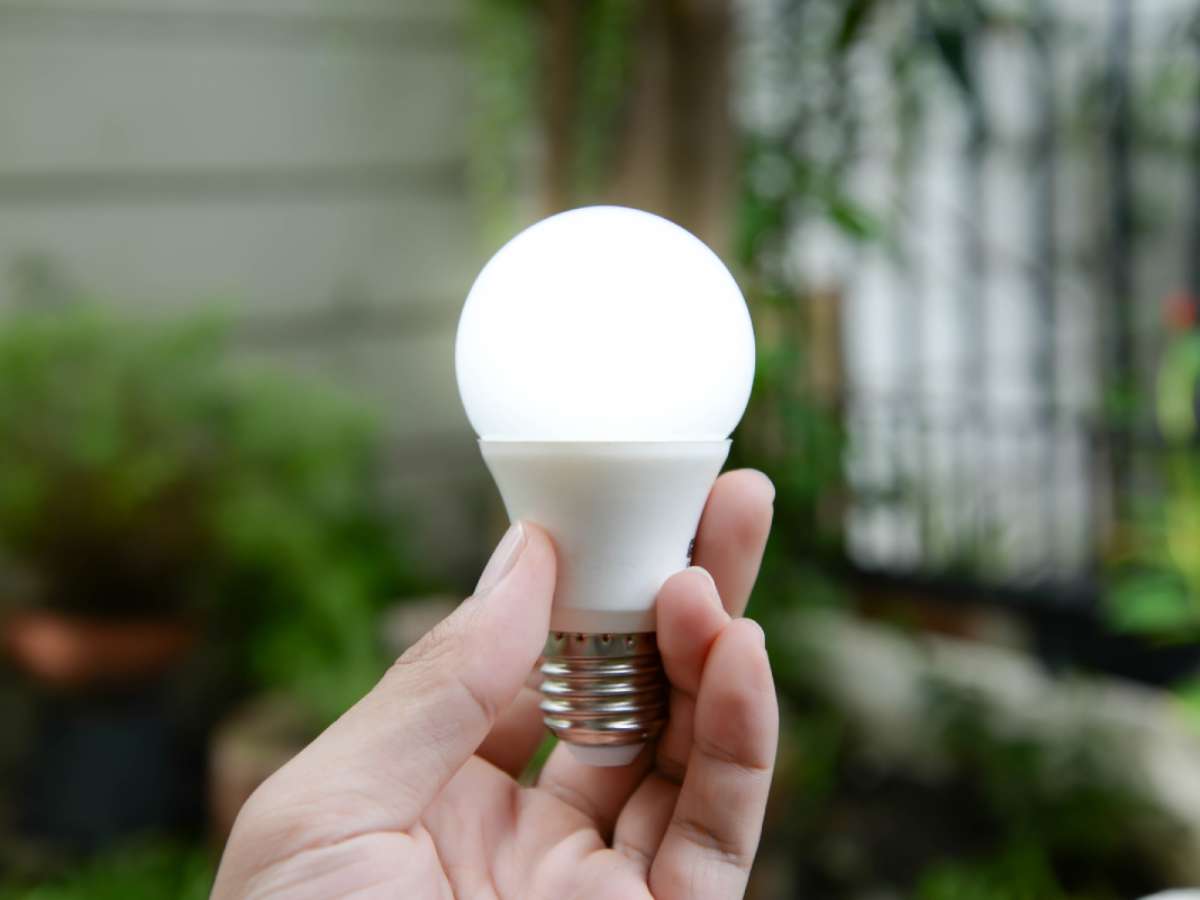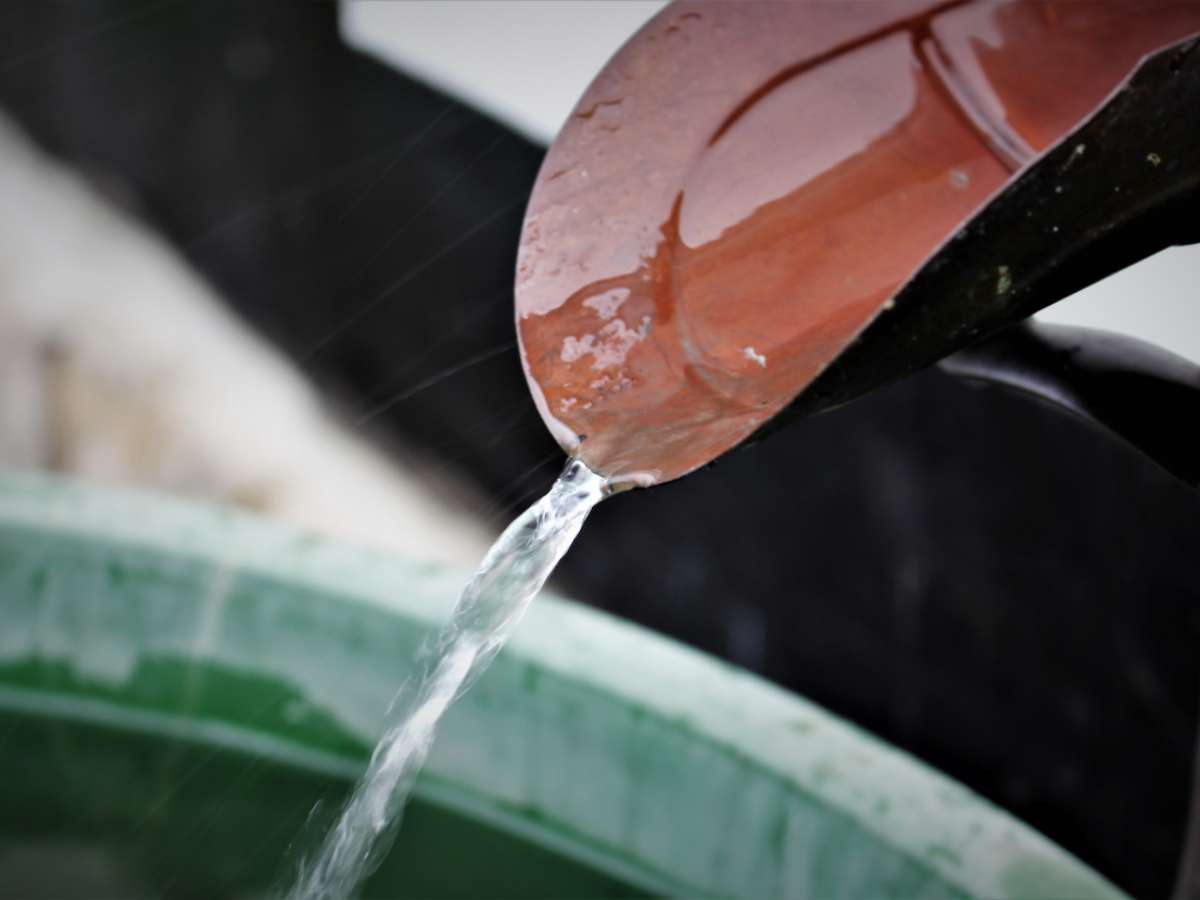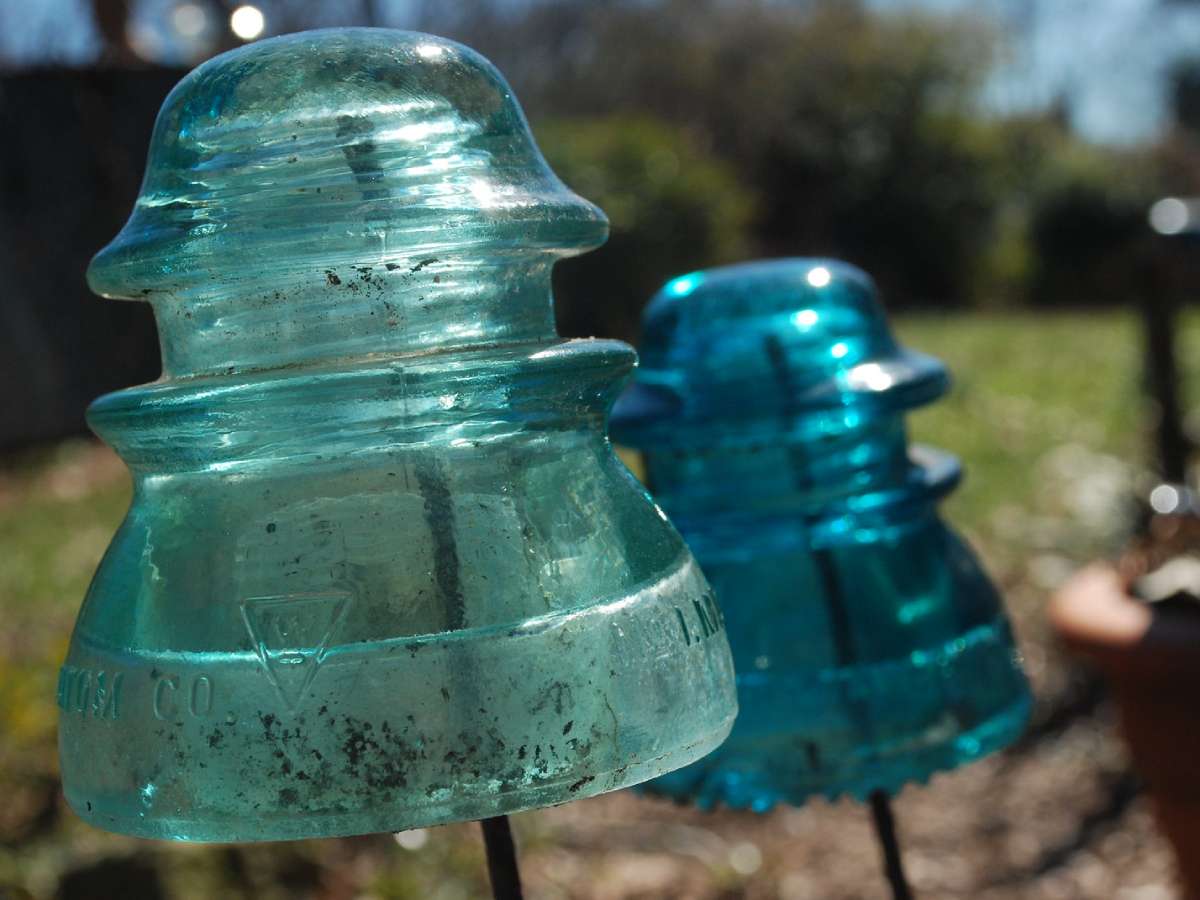 Have you ever realized how ironic it is that most gear used for adventures in the great outdoors is mostly, well, not-so-friendly to the great outdoors itself?
Have you ever realized how ironic it is that most gear used for adventures in the great outdoors is mostly, well, not-so-friendly to the great outdoors itself?
Via a post at TreeHugger.com this morning, I just learned that:
“REI co-op, America’s largest consumer cooperative and outdoor gear emporium, announced an initiative to help their customers, and 2.8 million co-op members, find garments made of Eco-Sensitive materials”.
Doesn’t it only make sense to make outdoor gear from sustainable and “ecoSensitive” materials?
But how eco-friendly is the REI ecoSensitive label?
I’m not one for asking a question and then giving the answer. (Boo, hiss to the western style of education.) I tend to be a little more open and Socratic, if you will.
So, in that vein, let’s take a look at what makes the REI ecoSensitive label so green, and decide for ourselves if it really is.
REI Eco-Sensitive Materials
- Bamboo Fabric: “Highly absorbent, hypoallergenic, fast drying and breathable, it is an ideal wicking fabric for next-to-skin use. Its ability to insulate keeps the wearer cooler in summer and warmer in winter.”
- Organic Cotton: “Non-organic cotton is one of the most heavily chemically treated crops in the world. Although it comprises less than three percent of the world’s agriculture, it uses 25 percent of the chemical pesticides produced annually…organic cotton is renewable, biodegradable, and non-toxic.”
- Organic Wool: “For wool to be certified organic, several federal standards must be met in the production process. The sheep or goats may not be given synthetic hormones or insecticidal treatments and they must be given certified organic feed. The land used to raise the animals must [also] follow strict guidelines.”
- Hemp: “With the appearance of linen and the soft hand of flannel, hemp is a very desirable fabric for sportswear and casual wear…Fabric made from hemp is warm, absorbent, breathable and significantly more durable than cotton fabric.”
- PLA: “PLA (polylactic acid, or “biodegradable plastic“) exhibits many properties that are equal to or better than many petroleum-based plastics, which makes it suitable for a variety of applications.”
- Recycled PET: “The majority of PET is made into fibers for clothing, while 30 percent is used for bottles and containers. It is also a material that can be reclaimed and readily recycled-for example, ‘pop bottle fleece’ has existed for many years.”
- Post-Industrial Recycled Polyester from Polartec: “Polartec is moving toward recycled PET by reusing scraps and by-products of fabric and yarn manufacturing-post-industrial waste.”
Going A Step Further
Something I like is people and companies who give me both sides of the story.
REI goes into more detail on all the above descriptions, including both pros AND cons of each eco-friendly material they’ve begun to incorporate. Check it out.
Nice work REI. Maybe there’s a reason ya’ll are number one.
At the time of this post, there are only 25 items for sale in the ecoSensitive label, but I’m sure more will roll out in force in the very near future.
So what do you think about the new ecoSensitive label from REI?
UPDATE: Stay Dry And Blister Free On The Trail In Eco-Sensitive Socks
I think every little step toward living green is an awesome one… but eco-snobbery sucks! My goal is to help newbies learn the most important steps toward living green — individually and collectively. Personally, I strive to have as little impact as possible on Planet Earth while I'm here.




